In cinematic history, no number of superlatives can do justice to the contributions made by the American actress Lilian Gish.
Known as the first lady of American Cinema, one of her many titles, including greatest actress of the silent era and one of the pioneers of female actresses in cinematic history all over the world.
![[Lillian Gish, head-and-shoulders portrait] Hartsook Photo. Photo Credit](https://www.thevintagenews.com/wp-content/uploads/sites/65/2016/12/178-1-473x640.jpg)
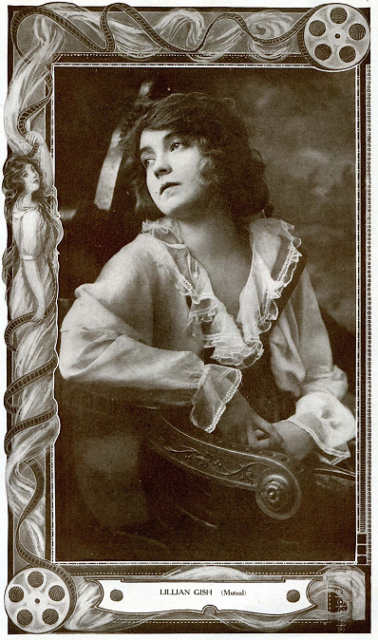
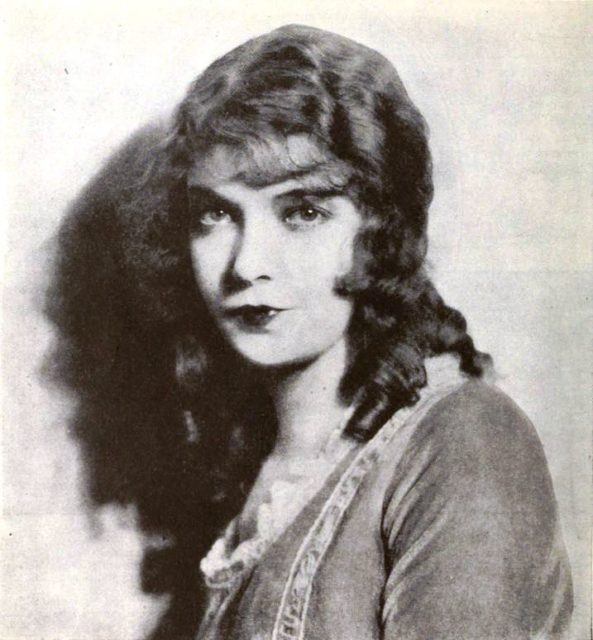
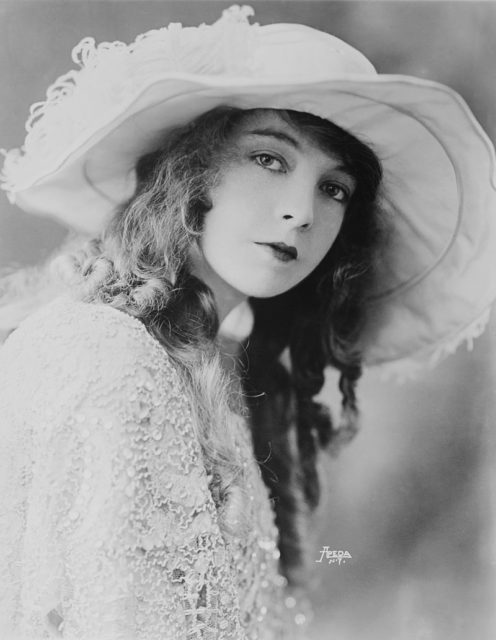
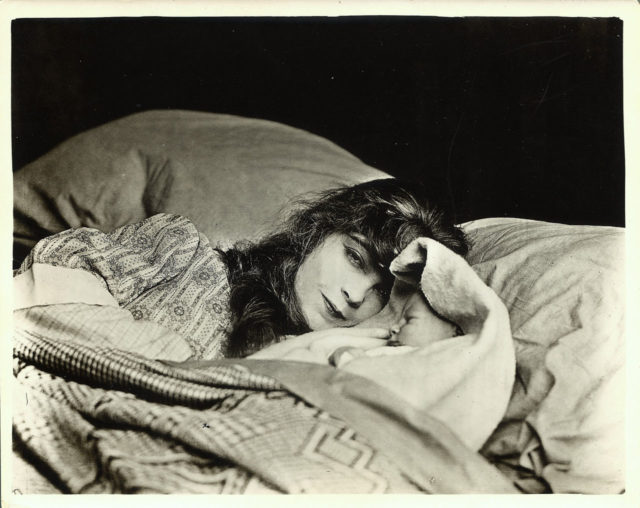
Lilian Gish, with her almost one hundred years of life (1893-1993), contributed immensely to the creative industries, acting in the silent films, working on stage, directing and writing for American cinema. Lillian Gish’s career commenced in 1912 with a short silent film, and she worked tirelessly up until 1987. Many of the prevailing and fundamental film performing techniques are attributed to Lillian Gish, and she is considered a pioneer of screen acting by numerous historians.
Born in a modest family in Springfield, Ohio to James Leigh Gish and Mary Robinson McConnell, Lillian Gish did not have an inkling of the grandeur waiting for her in the future. This is precisely due to the lack of any artistic presence in her ancestry, as many previous generations of Gishes were mainly Drunkard ministers.
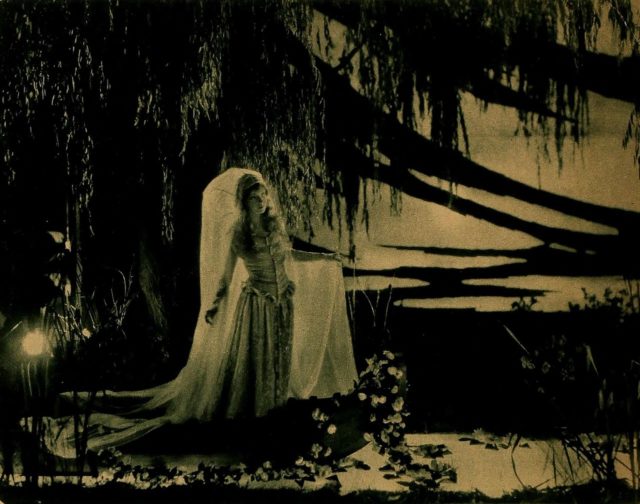
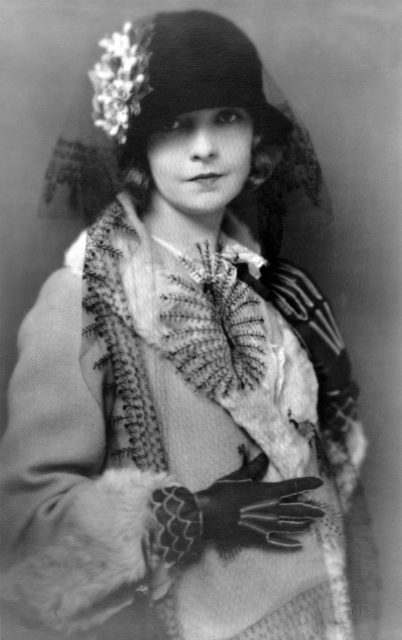
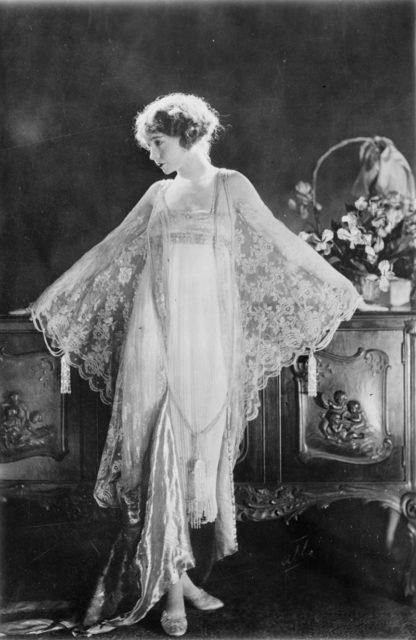
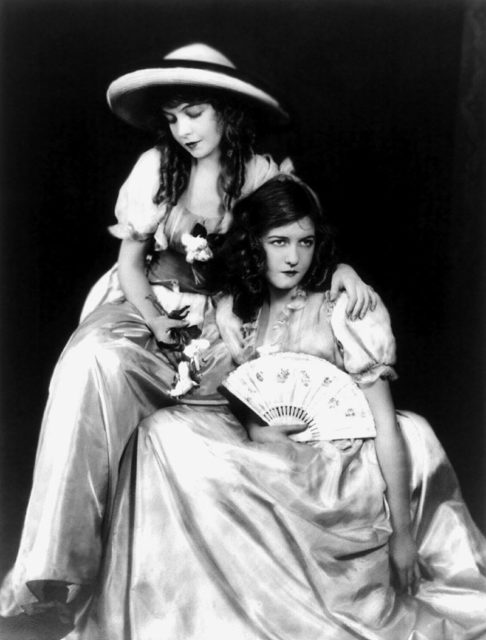
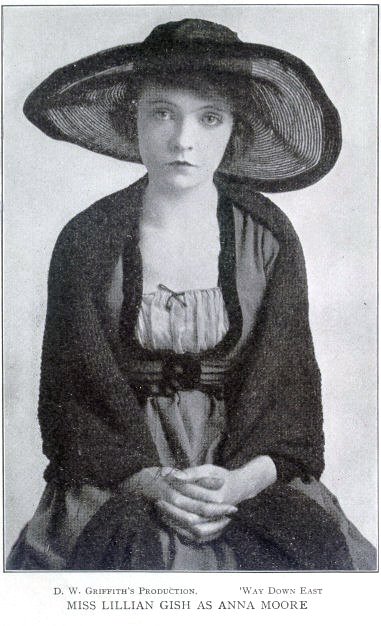
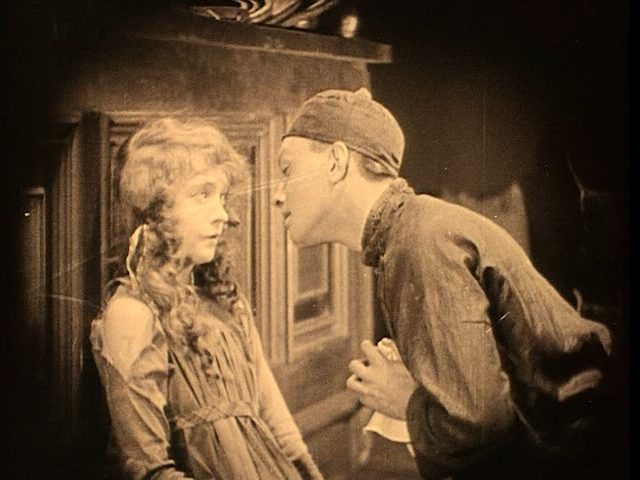
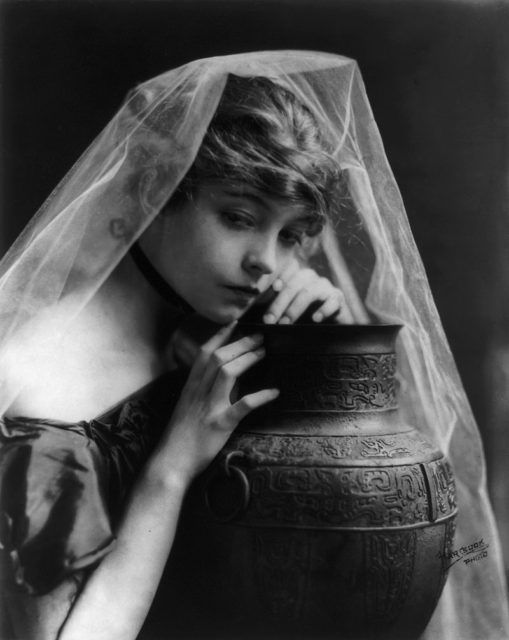
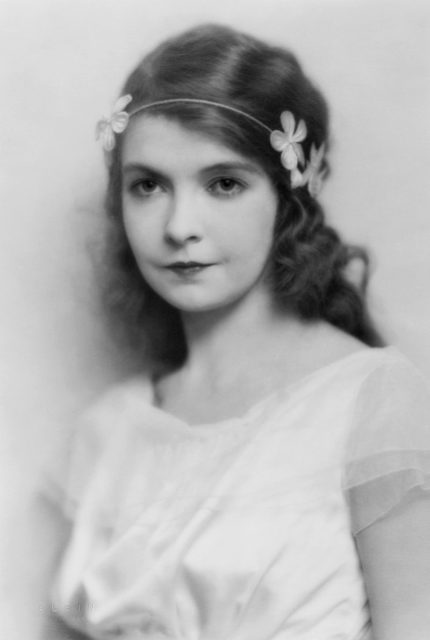
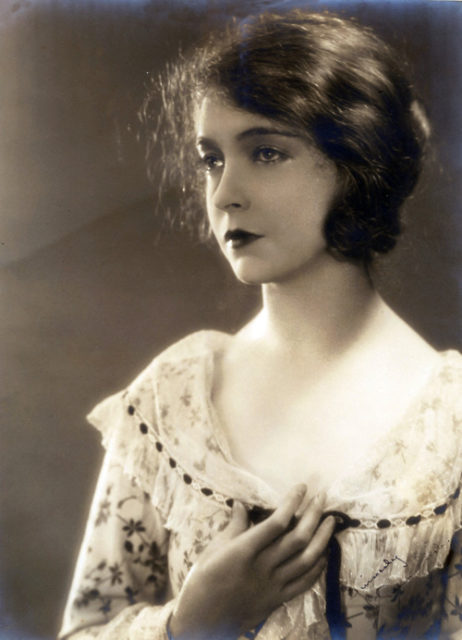
One of Gish’s ancestors, her great-great-great-grandfather ended up in America on-board the ship Pennsylvania Merchant in 1733 and settled on a land granted by William Penn. Gish’s other great-great-grandfather fought gallantly in the American Revolutionary War and was buried in the Pennsylvania alongside other revolutionary soldiers.
Gish’s father, however, was an alcoholic and a nuisance for the family, and Gish’s mother decided to take up an acting job after her husband abandoned the family. The family moved to Illinois and lived with Lillian’s uncle and aunt, Henry and Rose McConnell.
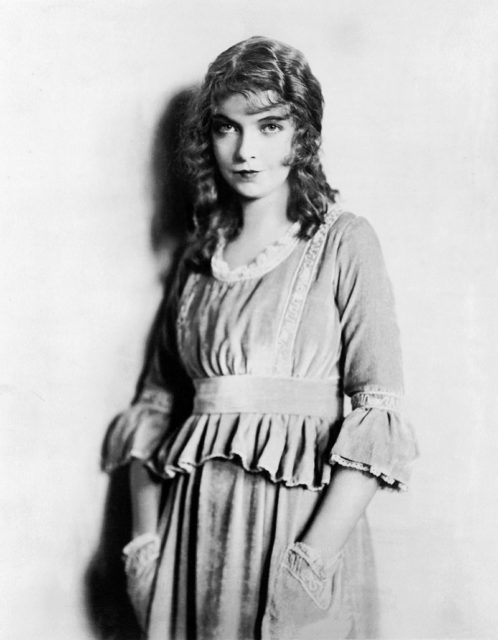

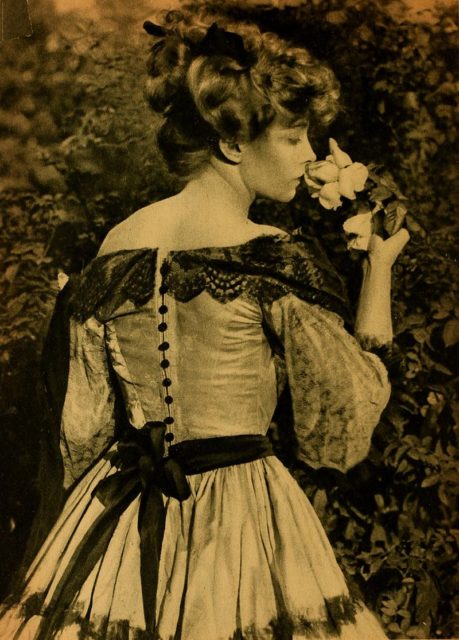
Gish stepped into the performance field very early in her life in 1902 when she appeared in a stage play at The Little Red School House in Rising Sun Ohio. In the following years, Gish toured in Her First False Step along with her mother and sister and also danced in a Sarah Bernhardt production in New York City.
Gish’s official career on screen started in 1912, after she honed her acting skills for more than ten years appearing in various stage performances. In 1912 Gish took a role alongside her sister Dorothy in Griffith’s short film An Unseen Enemy (1912). Despite the fact the silent film was received with immense admiration, Gish never left stage behind and came back to it in 1913; she collapsed on stage from anemia during a run of A Good Little Devil.
Lillian often took her acting pretty serious, very serious in some cases, and endured pain to bring her characters to life, a feat that turned into an obsession in her early performances.
In one of her most notable silent era scenes, Gish performed in the climax of the melodramatic Way Down East, floating unconscious on an actual icy floe, slowly going towards a raging waterfall.
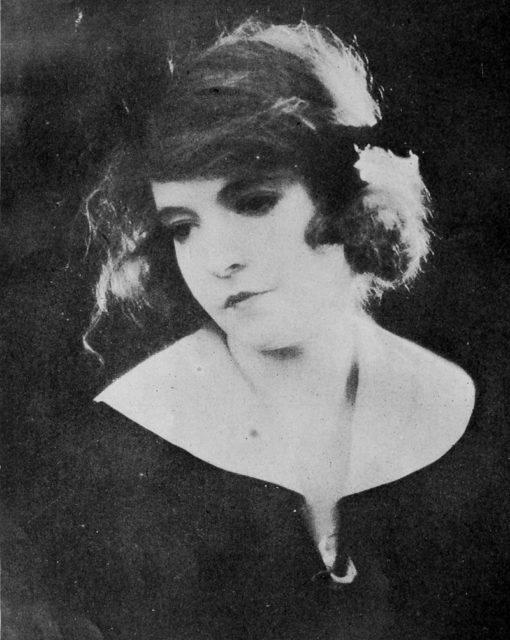
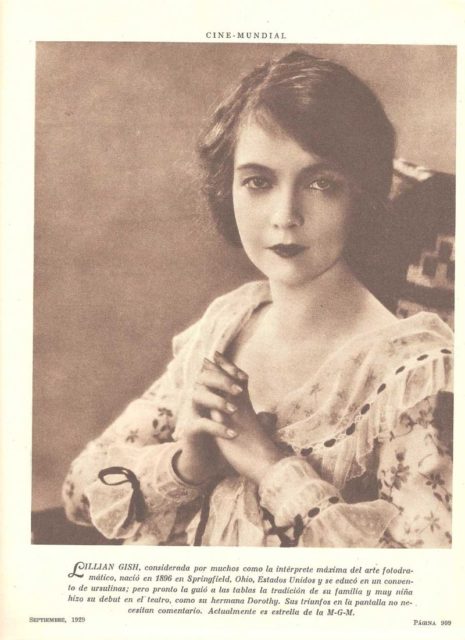
Her hands and long hair trailing in the water gave the scene life that made it immortal. However, the performance left many of her fingers with lasting nerve damage, but Gish did not think much of it and was glad about the way her performance had turned out. In another scene, a death scene once again, Gish restrained from eating and drinking for over three days to make her act in La Boheme life-like and real; at one stage the director seriously contemplated that he would be filming her star’s real death instead of the character’s demise.
Some of the works Lillian did for Griffiths include the highly acclaimed The Birth of a Nation (1915), Intolerance in the following year, Broken Blossoms soon after the end of the First World War, and Way Down the East and Orphans of the Storm in 1920 and 1921 respectively.
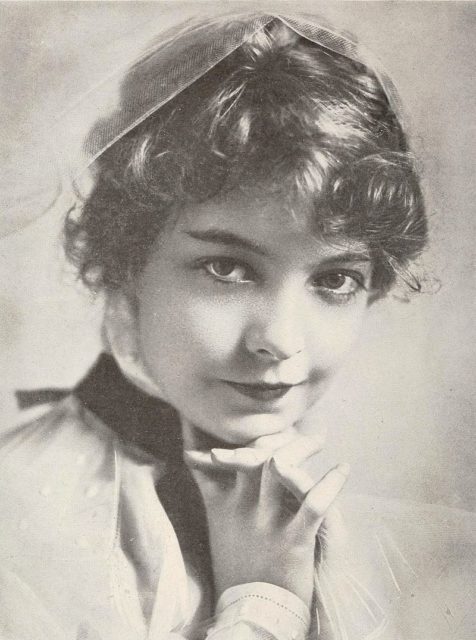
In 1925 Gish’s career took another dramatic turn when she was offered a contract by the recently formed MGM with a promise that she would have full creative control over her performances. MGM offered a handsome amount in return for a contract for six films starting in 1926. Gish was offered 1 million dollars, equivalent to 14 million dollars in today’s money, but she turned down the offer and decided to settle on a modest amount only if MGM spent the rest of the money on hiring new professionals and on the refurbishment of the facilities. Gish’s works with MGM include La Boheme (1926), The Scarlet Letter (1926) and The Wind (1928), in which she had complete artistic control over her acts. The first two movies were tremendous hits, however, The Wind turned out to be a modest hit, despite the fact that it was Gish’s most favorite film with MGM.
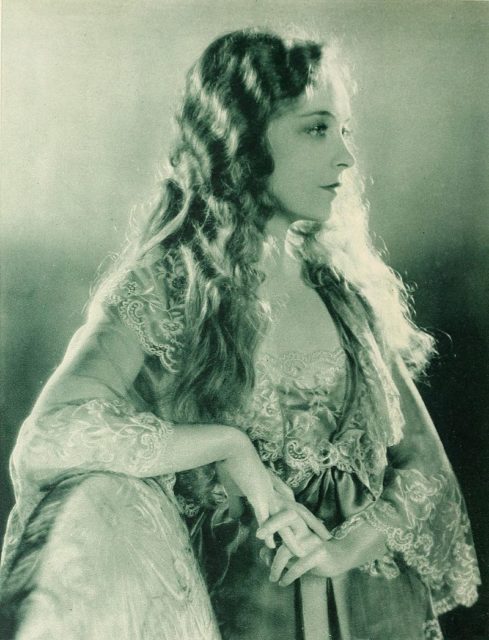
The introduction of the talkies did not benefit Gish at all, as she was deemed inappropriate for this new kind of cinema and critics wrote extensively against her taking up the task. Some writers went so far as describing Gish as a ‘silly, sexless antique’ (a quote from Louise Brook’s summary of Gish’s criticism). Despite all the negativity, Gish did not buy into the narrative and carried on working on the stage all through the 1930’s and early 1940’s.
In 1971 Gish was honored with a Special Academy Award ‘For superlative artistry and for distinguished contribution to the progress of motion pictures’. A few years later in 1979, Gish was awarded the Women in Film Crystal Awards in Los Angeles. She received an American Film Institute Lifetime Achievement Award in 1984; Gish was the only second female recipient of the award (Bette Davis received the award in 1977). There is a star on the Hollywood Walk of Fame located precisely at 1720 Vine Street.

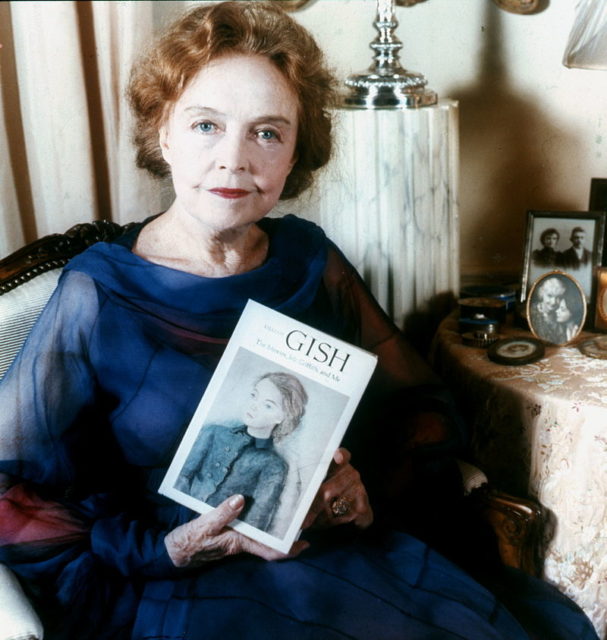
Here is another fun read from us: Jean Harlow- The Blonde Bombshell of the 1930s
Lillian Gish died in her sleep due to heart failure on February 27th, 1993 after having lived 99 years, 8 months before her 100th birthday; and was buried beside Dorothy at Saint Bartholomew’s Episcopal Church in New York City.
